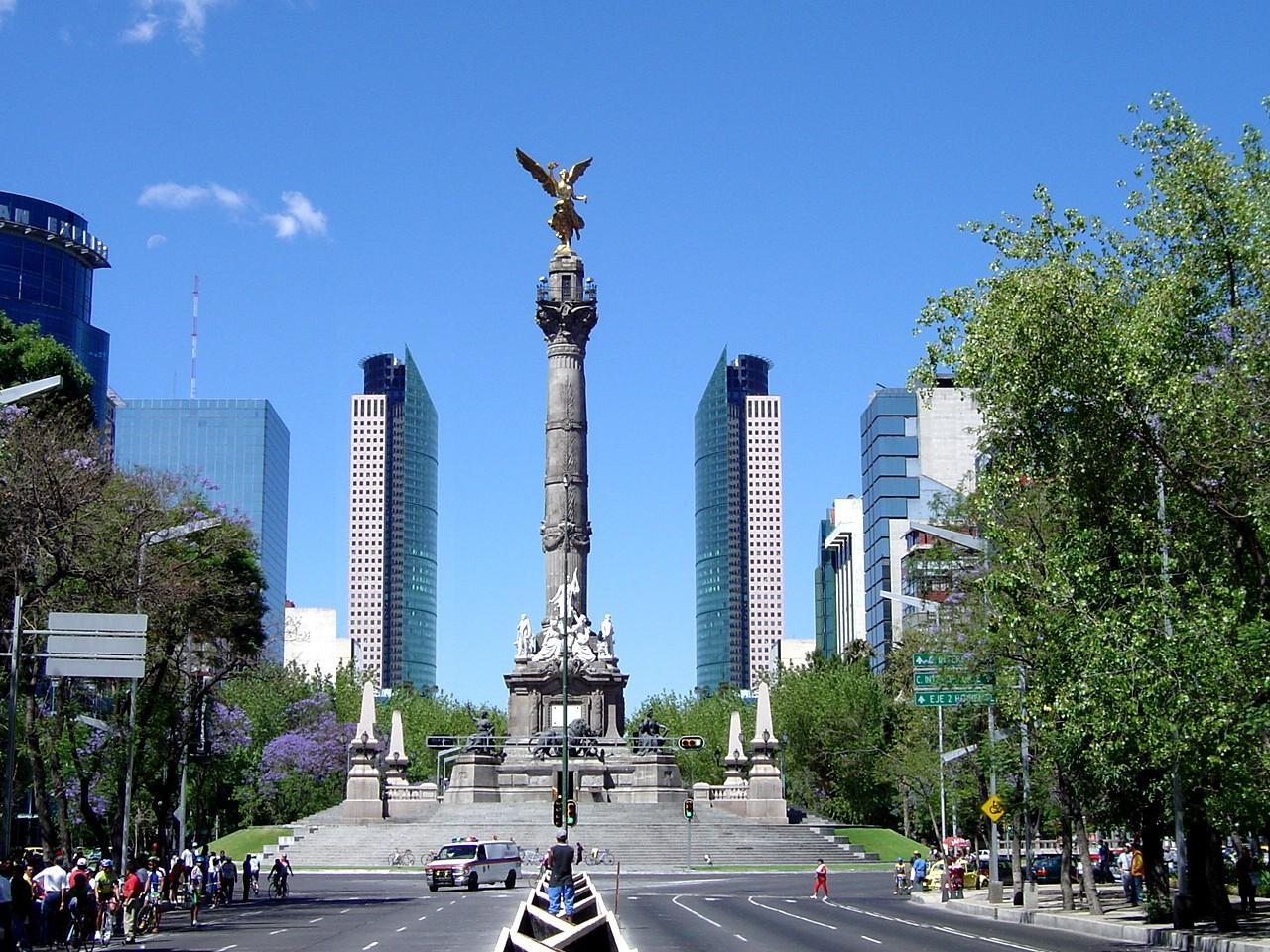The Angel of Independence in Mexico


The Angel of Independence is by far concerning historical, urban and symbolic in the collective consciousness of Mexico. Several characters were involved in the work; Antonio Rivas Mercado main promoter of the project, Enrique Alciati responsible for the sculptures are made and Roberto Gayol was in charge of adapting the space.
Due to the composition of the soil in the central region of the capital, its foundation was complex, it was adapted as subsidence movements and have been demanding strengthening its base. Initially consisted of steel beams strengthened with concrete in 1901. Process that concluded, made possible the placement of the first stone on January 2, 1902, which proudly attended by then President Porfirio Díaz.
By 1906 several of its elements had been completed, such as the base that supports the base and pedestal, although the structure was not adequate debiéndola demolished due to subsidence.
The technical solution then was to support the work fixed in wood piles, and although he could not solve the sinking column set. Over time this process has been evident in the subsoil by its nature, practically absorbs the load, which has become essential to be increasing from time to time the number of steps.
The great iconic work of the City, was completed just to be inaugurated on September 16, 1910 to celebrate the centenary of the independent movement of Mexico.
The final structure consists of a base of four vertices, which correspond respectively which Florentine bronze sculptures origin, representing Peace, Justice, War, and the law can be seen another sculpture of the same material; a lion that guides a child, evoking the virtue of courage in war and peace.
He is accompanied by sculptures representing other heroes of Independence, Miguel Hidalgo, Vicente Guerrero, José María Morelos y Pavón, Nicolás Bravo and Francisco Javier Mina; female and two works by the Father of the Nation, history and country respectively.

The column is 36 meters, whose materials are steel inside and quarry has elements like palms, garlands and rings that literally forth the heroes of Independence, as Agustín de Iturbide, Juan Aldama, Allende Ignacio Lopez Rayon, Hermenegildo Galeana Manuel Mier y Teran, Guadalupe Victoria and Mariano Matamoros.
The Angel itself symbolizes the Winged Victory, a work by Enrique Alciati. Built in bronze and covered in gold, with a height of 6.7 meters, and about 7 tons. The figures holding hands are metaphors of victory (laurel), and the end of slavery (broken links).
One day the angel flew. Several centuries of Judeo-Christian tradition that rushed to the ground July 28, 1957, destroying the golden effigy whose cast bronze wings served only mortal anchor: The unabashed Mexico in the most transparent region suffered the ominous warning of modernity.
That earthquake of July 28, 1957 toppled the statue; rebuilt in a workshop, was promptly put into place. More was impossible to reconstruct the head of the fallen angel, currently held in the lobby of the Historical Archive of the City of Mexico, in the former home of the Earl of Heras y Soto.
Currently, the Angel of Independence is site invites union, celebration and remembrance of the most important historical events. Also forms one of the most important avenues of Mexico City, Paseo de la Reforma, the environment realizes the economic, political and social development.